Disclaimer: We do not intentionally poke fun of other people’s cultural or religious beliefs. We are simply snake fans, and we enjoy educating others about the many truths and myths regarding snakes. We apologize in advance, if any portion of the following article is offensive in any way, to your culture or faith. That said, please direct your attention to the “snake claims” highlighted in blue throughout the article. We will not address these claims directly, but will include content throughout, that will offer insight and logic about the statements.
Furthermore, when writing articles about snakes not native to the country we live in, we are often at the mercy of online content and photos. We have done our best to give credit to those that took the included photographs, but many did not offer any details regarding this credit. If we have used one of your photos, please let us know, so we can properly give you credit. Thank you!

Snake Temple or Temple of the Azure Cloud – Penang, Malaysia
Originally called, “Temple of the Azure Clouds“, the structure (above) was built in 1850 in honor of Bhudist monk, Chor Soo Kong, who was a renowned healer in his time. The temple is said to have been made possible due to a large donation by a Scottish man named David Brown. Brown was purportedly very thankful to Chor Soo Kong for healing him of an “incurable” disease.
From the street, this more than a century-and-a-half-old building could pass for just about any other small religious monument found in Malaysia. However, some may think that the inside of this temple is as strange and twisted as its inhabitants. Chor Soo Kong not only helped people during his life but was also renowned for offering shelter and sanctuary to serpents. (Snake Claim #1) It is reported that after his death, the snakes made their way to the temple on their own, and have taken up permanent residence within the temple’s sacred walls.
If you are the curious type and want to make the trip to Penang, Malaysia to visit this temple, you will find yourself observing religious followers, working monks, and a plethora of free-roaming snakes – most of which, are venomous Wagler’s Vipers. That’s right, we said “venomous and unconfined”! However, please don’t let us scare you into not making the pilgrimage to this unique sanctuary, as there are obviously very strict and ample safety measures, vigilantly enforced to protect visitors….
Well, perhaps you may not find comfort in the strongly-worded warning above, but we’re sure that the snakes do.
You may ask yourself, “So, how can I be certain that my family and I will be safe if we go here?” Well, I’m glad you asked. “The sign (above) is obviously not the only safety precaution. That would be ludicrous, right? What you see pictured below, thank goodness, is the fool-proof, back-up security plan.
We assume full ownership if we mislead you into thinking that there was not a beautifully carved, granite urn for burning incense at the entryway to the temple. To be fair though, if you were observant, you would have noticed this urn in the first photo. Haha. We shouldn’t have to remind you, that the smoke from burning incense is the natural equivalent of “slipping a mickey” to a wild animal, right? If you don’t believe us, just check out the “high-performance” guard dog on the left side of the photo. (Snake Claim #2) Believe it or not, the “incense theory” truly is said to be the primary safety feature of the temple. Snake Temple devotees claim that the smoke from the burning incense lulls the venomous Temple Vipers into a semi-comatose, non-bitey state of peaceful harmony with temple visitors and tourists.
(Snake Claim #3) There are even additional claims that once the temple closes, the snakes descend from their perches to consume copious amounts of the offerings left by temple worshipers. It is said that they eat so much and are so lively at night, that they are too exhausted to do anything but lay perfectly motionless the following day.
The offerings donated by temple patrons might range anywhere from the items pictured above, to milk, wine, fruits, vegetables, grains, spices and breads.
Whether or not any of the claims made are accurate or not, the truth remains that hundreds of people come within striking distance of these snakes each day, and yet there have been (Snake Claim #4) no “reported bites” to visitors. Despite the cautionary signs posted within the temple, instructing visitors to “look – but don’t touch”, for a small fee, you can even drape a Temple Viper about yourself, and have your photo taken with the temple’s icon. Certainly, unless some of these claims are true, one would think that this behavior would result in a very dangerous bite, right?
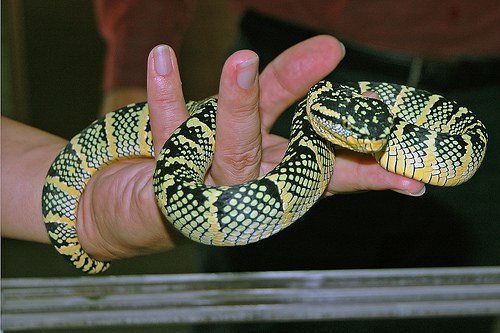
Phot credit: Seismic_2000
Venomous Wagler’s Viper being held.
SnakeBuddies suggests NEVER handling any venomous snake!
Wagler’s Pit Vipers have long been one of our favorite venomous species of snake. We hope to use this article to share with you the beauty of these reptiles and to shed some light on the interesting relationship that has developed between these snakes and the visitors of Snake Temple. We’ll discuss some of the natural characteristics and habits of these interesting reptiles and share some photos, videos, and accounts from people that have spent time with the Temple Viper.
The Temple Viper
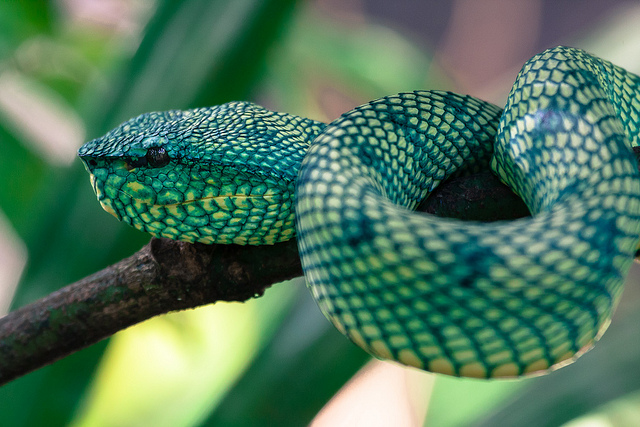
Photo Credit – bm_photo
Wagler’s Vipers can be stunning specimens, donning bright colors, and a large – if almost comical – triangular head.
The Wagler’s Viper – Tropidolaemus wagleri, is indeed a venomous pit viper, which is defined by its heat-sensing facial pits and its long, retractable fangs. They have a large, predominately triangular head and a strong hemotoxic venom which experts say is potentially fatal to humans. Though heavy-bodied, these snakes are perfectly at home in the trees and are primarily arboreal with a strong, prehensile tail, which aids them in climbing.
Though “Wagler’s Pit Viper” is a common name, these snakes are widely known as “Temple Vipers” due to their long-lasting presence in, and association with “Snake Temple”. The two are no longer truly, mutually exclusive – one being largely defined by the other. I would even venture to say that the relationship has become somewhat symbiotic, in that the snakes receive food and shelter from the temple, and the temple receives donations from the people coming to see the snakes.
Wagler’s Pit Vipers are found in parts of Thailand, Malaysia, Singapore, Borneo, Sumatra, Sulawesi and the Philippines. They come in a wide variety of colors or phases, typically determined by age and locality. However, snakes within the same population do possess some variability as well. The snakes may come in different shades of green, blue, brown, gray or black, with banding that could be blue, red, gold, or orange, and the list goes on!
Young Temple Vipers are generally born with a light green color, with bands of varying color, but as the snakes age, their bands become wider and brighter. The following photos will give a better representation of the changes in pattern that may occur, as the snakes age and grow.
Keep in mind that the three photos above are not of the same snake, but hopefully they show the general progression of pattern and striping in this phase. I’ve added more photos below as well, to show some of the various colors and patterns found among this beautiful species.
The following snake, is not considered an actual Wagler’s Viper, but is closely related to them, and is called a Broad-banded Temple Viper, so we figured we would add it as well. Honestly, it just happens to be an amazingly beautiful animal, in our opinion, and that’s all the excuse we really needed to add it to our blog. Heehee!
If you appreciate snakes at all, you can see why these snakes have been highly sought after by people in the pet trade. Beauty may be subjective, but by our standards, a Temple Viper would make for a stunning display animal.
Looks aside, Waglers possess other traits that seem to make them preferable over other venomous snakes as well. For starters, these snakes are naturally pretty laid back, by viper standards. Many owners of these reptiles, have tempted fate, and free-handled their Temple Viper without being bit. Even without burning incense, warning signs, or ingesting five pounds of flour, they simply have a rather calm demeanor – most of the time. Again, we feel obligated to stress, that it is NEVER a good idea to put your hands on any venomous snake. Please don’t do it!
Below, is a video of our friend, Al Coritz (aka – ViperKeeper). He deals with venomous snakes every day, and has developed quite the following for his videos on YouTube. If you are a venomous snake fan, and like watching snake videos, make sure to subscribe to his channel! He’s a great guy, with a ton of knowledge concerning snakes. Just be warned, that if you are inexperienced with venomous snakes, and start asking him questions about wanting to keep a potentially deadly animal, you will be on the receiving end of deserved criticism and more. The Wagler’s Viper is the first snake highlighted in this video, for those of you who want to check it out.
As you may have noticed right from the start, ViperKeeper’s Temple Viper did strike toward the camera. Please don’t let the stories of monks at snake temple entice you with magic incense, and make you think you can get away with holding one in your home. They can absolutely put you in the hospital.
So what of the many people at Snake Temple, who do put these snakes all over their bodies without getting bitten? Despite my theories, it is completely commonplace, to allow people of all ages to pay a toll, to experience this rite of passage.
Apparently these snakes are so “safe”, even the kids are doing it. Honestly, I’ve seen parents on the news, going to jail for endangering their children less. If you want to risk your life, that’s your business, but please think twice before putting these critters in the hands of your children. If you need any encouragement at all, please remember that you are in a foreign country far from home, medical care is a decade behind what can be found in other countries, and there is much less legal liability there. Call me old-fashioned, but I don’t think the thrill, is worth the risk.
Being eternally cynical, we’ve delved a bit deeper into this relationship, and finally did come across some facts that add up a little better. To shed more light on how people get away with holding venomous snakes at Snake Temple, I refer you to a photo of an acquaintance of ours, Tom Crutchfield….
Tom has been a life-long snake enthusiast, and is a dealer of legend in the snake trade. This photo was taken some 25 years ago. If you look closely, you will see that he is holding two snakes, and has another perched on his shoulder. It turns out, that while he was at Snake Temple, some of the monks actually admitted that the snakes they use for photos, have had their fangs removed. Being a snake expert, Tom was able to verify that this was the case… with some of the snakes. He did however, find several of them with fully functioning fangs as well, so it’s still not a fool-proof system.
Apparently, the snakes used in the photos, are sometimes decorated with a bit of paint, to indicate that they are “fang-less” and safe to handle. Perhaps this in one way that temple workers have been able to reduce or eliminate bites. It is at least one valid reason that we can finally sink our teeth into.
We truly hope it goes without saying, that removing the fangs from a snake, is unethical and abusive. We are perhaps more conservative than some, but causing unnecessary pain and harm to any animal for the sake of exploitation, is not a human trait we condone, or can ever side with. Even if this practice is done entirely in the name of human safety, wouldn’t it make more sense, to bring in harmless snakes, that don’t pose a threat to humans in the first place?
Conservation
So earlier on, we mentioned that the relationship between Temple Vipers and Snake Temple, could be considered symbiotic. Is this really the case though? We see these relationships often enough in nature. Look at the Sea Anemone and the Clown Fish for example. The anemone provides shelter for the small, defenseless fish, and in return, the Clown Fish feeds its host. Or how about the ant and the aphid, or the Cape Buffalo and the Ox Pecker? In all of these latter instances, there is a very clear and definite, mutual benefit to the relationship. Is that really the case for the Temple Vipers?
We know that the vipers get shelter from the wild in the Temple. There are bound to be less snake-eating predators in the temple, than in the jungle, so we’re off to a good start. We also established that people bring food offerings to the snakes. However, we’re kind of doubtful that the snakes are eating them. There is simply no such thing, as a vegetarian snake. They are all carnivorous. There is a species of snake that dines on eggs, but it lives in Africa, not Asia. If your snake consumes masses of grain or melons, you are soon going to have a very dead snake. But before we call foul too early, we admit that the offerings would attract rodents, that the snakes would surely gobble down, if given a chance.
Unfortunately, even if food and shelter are offered to the snakes, we think we still must look a bit closer. Perhaps our best resource here, would be people who have kept Wagler’s Vipers in captivity. We can all agree that they would be the experts, right? Well, in the venomous snake-keeping community, Temple Vipers are widely considered to be extremely difficult captives. In captivity, the snakes perish more often than not. They simply do not survive long for most people. There may be a handful of exceptions, but most conscientious dealers will tell you not to buy a Temple Viper. Could optimal conditions exist in Snake Temple, that snake experts cannot duplicate? They might, but we think that would be a stretch. We can’t imagine that the stress of having hundreds of humans handle them every day, or getting their fangs ripped out occasionally, would increase their lifespan.
We were able to identify a couple of other indicators as well, that might help us determine how the Wagler’s Vipers are fairing at Snake Temple. First, remember when we mentioned that the legend is that the snakes came into the temple on their own? We admit, that from a strictly religious perspective, stranger things have happened. But regardless of how the snakes originally became a part of Snake Temple, we still need to ask how the snakes are getting there now. 150 years ago, the temple may have been surrounded by prime snake habitat, but today, the temple has a very urban address. The building is less than a mile from the airport, and any “jungle” it now belongs to, is made of concrete. Habitat destruction and urbanization are the leading causes for species decline. If you remove the jungle, you have effectively removed the jungle-dependent animals. So, either the snakes in the temple today, are the result of generations of breeding from the original population, or new snakes are being brought in. And if Snake Temple is home to a successfully breeding population of vipers, where are the babies? We’ve now looked at literally hundreds of photos, and have yet to see one photographed in Snake Temple. It may not be proof, but it is something to consider.
Next, if the snakes are not breeding regularly in the temple, and it is unlikely that wild ones are making it across miles of roadways to get there from the jungle, how are they getting in? We know that the primary revenue source for the temple, comes from donations by visitors coming to see the snakes. Excuse us while we put our “Cynic hats” back on, but it just might be possible, that wild snakes are being brought in, to keep the interest of paying tourists. Again, we have no proof of this personally, but it is yet another important consideration.
Perhaps, the one indication that makes our “Spidey-sense” tingle most, are several accounts we found in our research, from long-time Snake Temple fans, who have all noticed that the population of snakes in the Temple, is on a steep decline. Nowadays, Snake Temple ranks no better than 3 out of 5 stars on any tourism sites. There are lots of complaints that you really have to look now, to find snakes in the temple. The most common sentiment, is that “Snake Temple isn’t what it used to be.” At this point, we’re leaning toward the idea, that the snakes are becoming dramatically more scarce in the wild, making it more difficult for the temple to acquire them.
And now we come back to revisit the symbiotic relationship idea. What an amazing occurrence it would be, if this was the case! But exactly how is this relationship beneficial to the snakes? We do not doubt that originally, the folks at Snake Temple had nothing but good intentions. They may have even thought that highlighting these snakes in their temple, would lead to a better understanding and appreciation of them, to the people that visited the temple. It is possible, that they did have a positive influence in helping some people overcome their fear of snakes. Unfortunately, what they could not foresee, is that the attention they have brought to the snakes, has ultimately led to thousands of them being removed from the wild, only to be shipped to Europe and America, where most of them have died. Habitat destruction is also a major contributor to the decline as well, which we can’t pin on anyone, but humankind. We are led to believe, that despite our best intentions, the relationship we have with these fascinating vipers, is not truly symbiotic at all.
Our sincere hope, is that it is not too late for the Wagler’s Vipers and Snake Temple. How fantastic would it be, if resources were used to conserve prime Temple Viper habitat, and the on-going existence of these amazing animals? Maybe the folks at Snake Temple will see the impending end of their snakes, and use this realization as a catalyst, to study and research these vipers more, and master husbandry techniques that will allow them to keep them alive long-term, and get them to successfully breed on a regular basis. Doing so, would curb the demand of removing the snakes from the wild, and would allow the snake-keeping community to start producing their own snakes, to meet the demand of collectors.
To be honest, we started this article because we wanted to bring your attention an animal that we really enjoy. However, after hours of exhausting research (we have still found no comprehensive articles on this species through our limited resources), our findings made us realize that there was much more to this story than first meets the eye. At the end of it all, we hope that we’ve managed to show you a really cool reptile. But, if you close this page with a better understanding of our impact on the fragile species around us, well, that makes our time and work, all the more worthwhile.
If you liked this post, please subscribe to our blog with the “Sign me up” button at the top of the article. If you’d like even further serpentine related updates, please look up Snake Buddies on facebook and Twitter.
Educate. Inspire. Conserve.
SnakeBuddies
- Photo Credit Angi Wallace
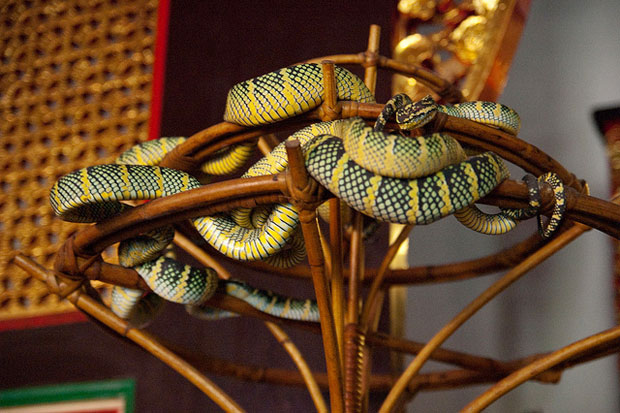


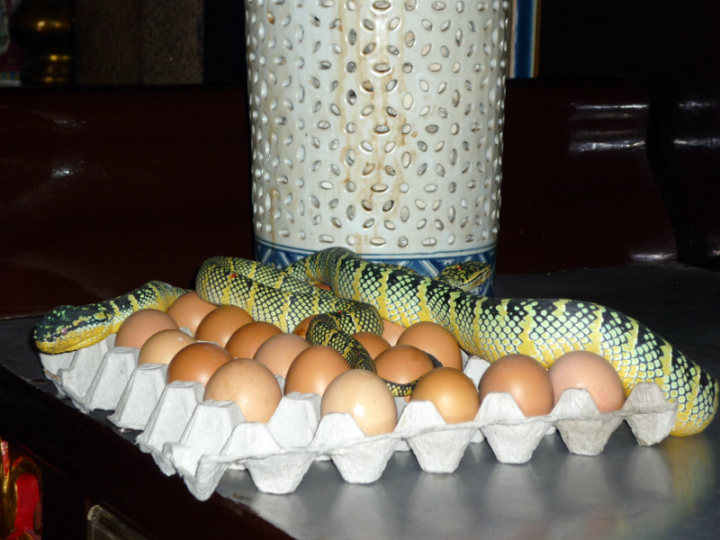
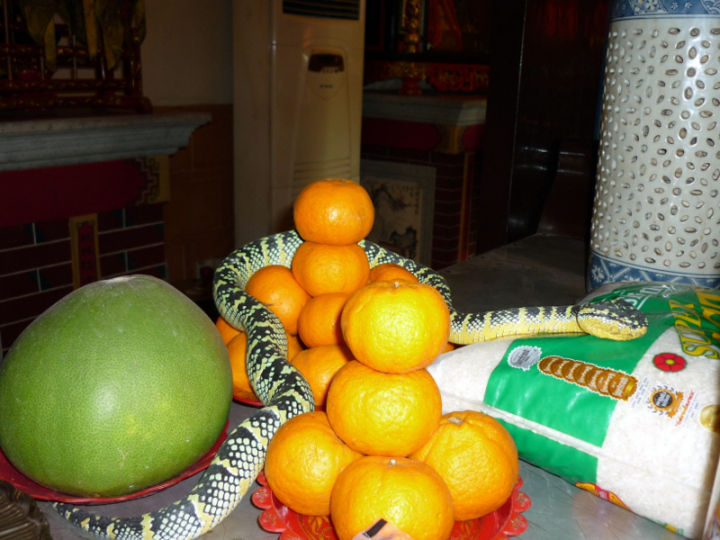
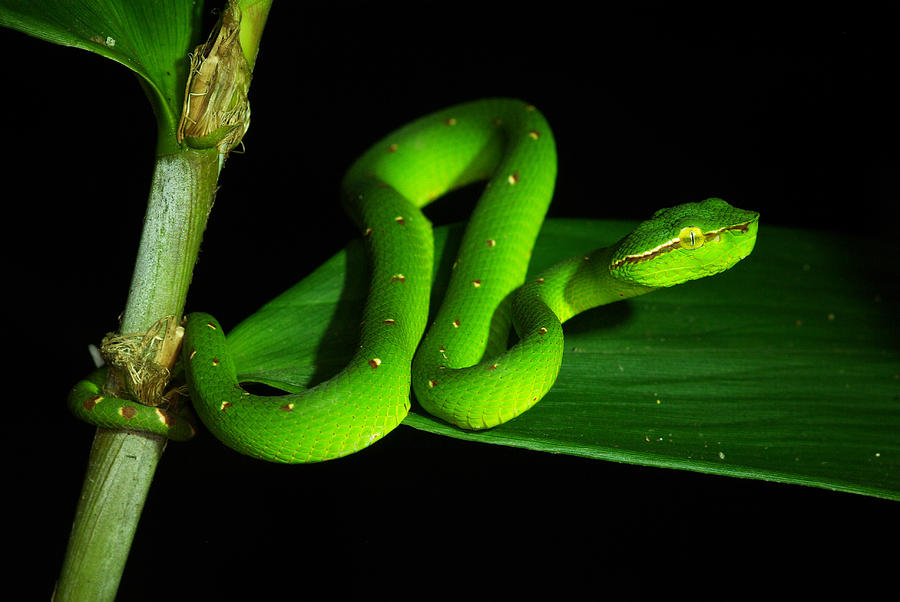

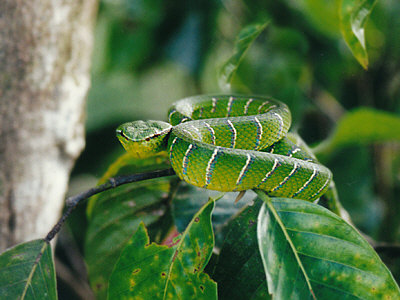
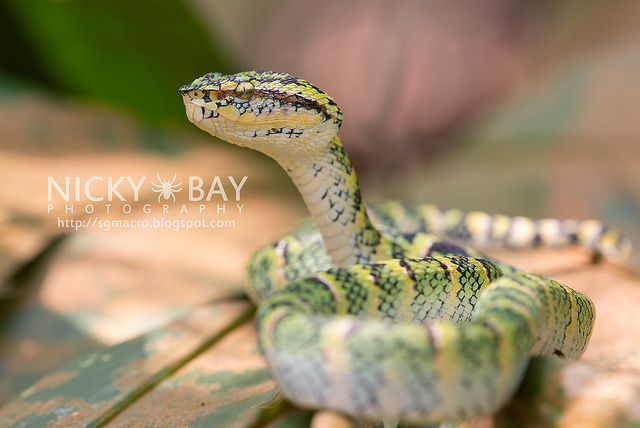
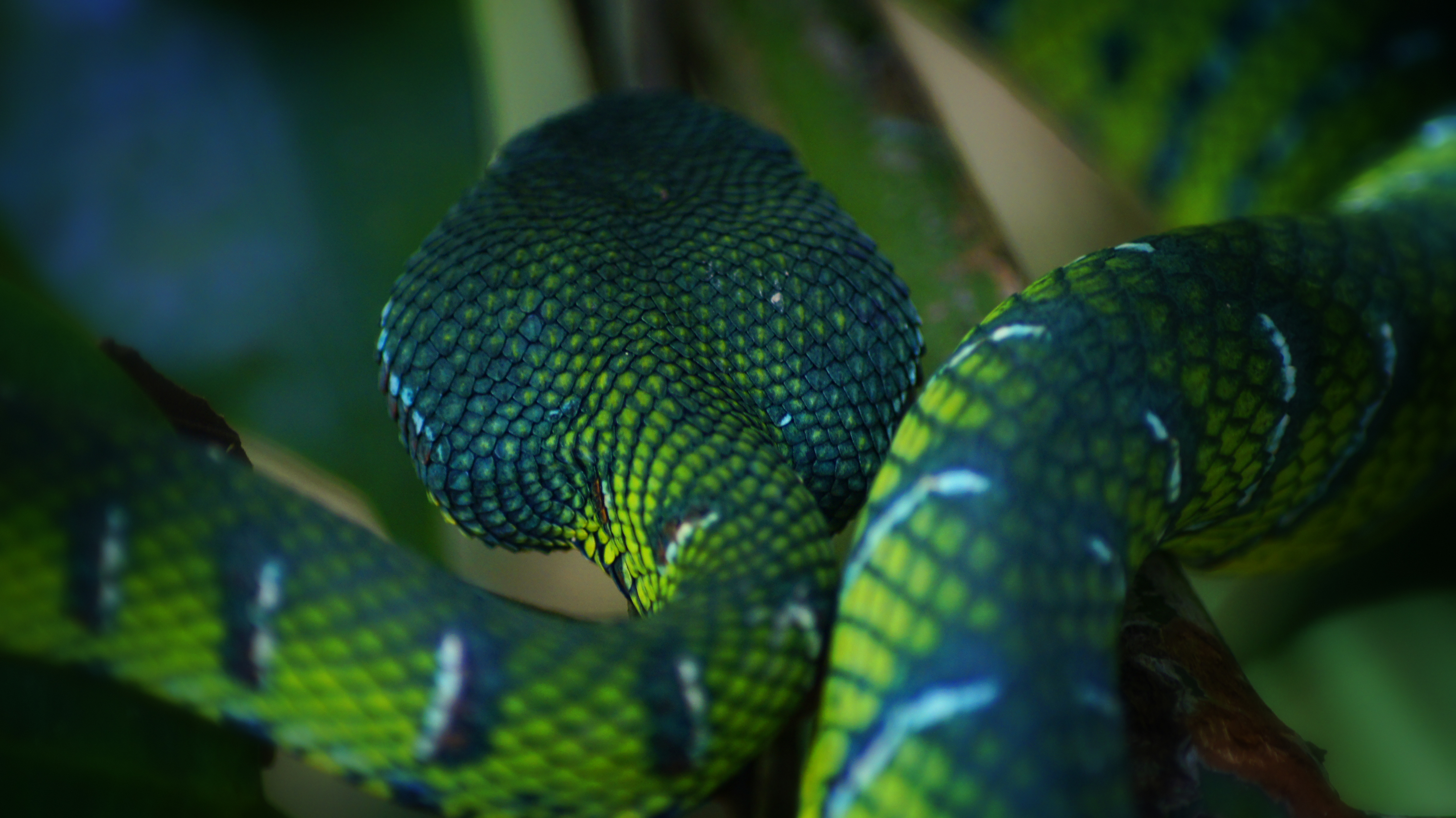
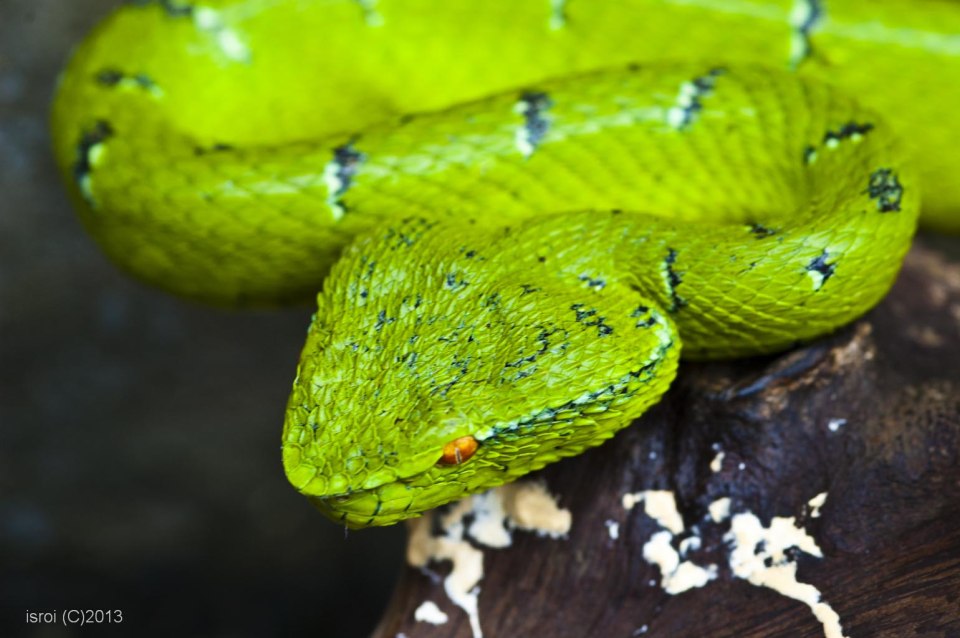
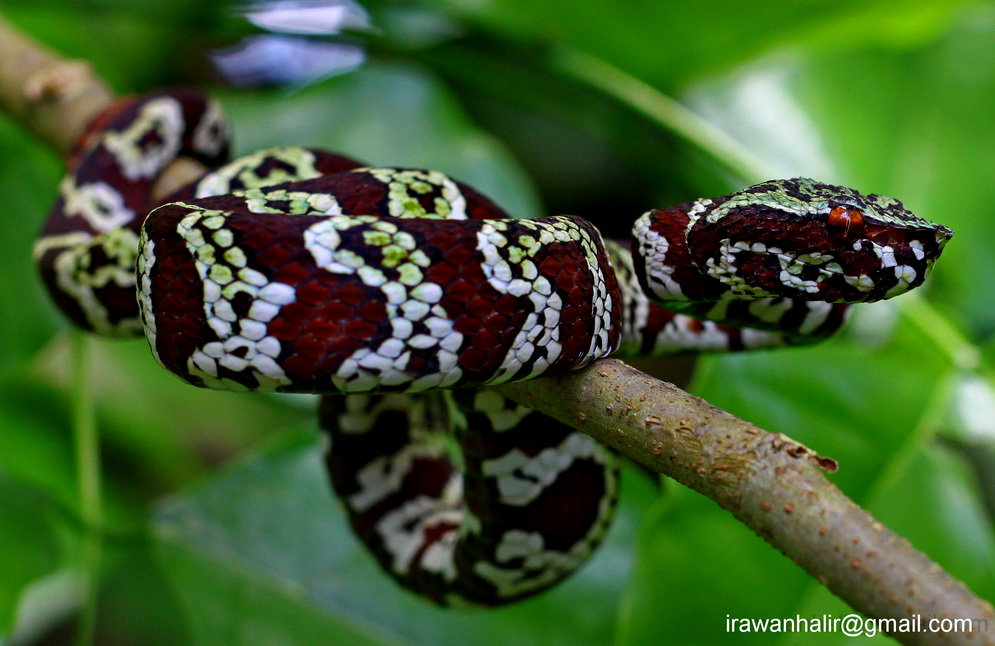


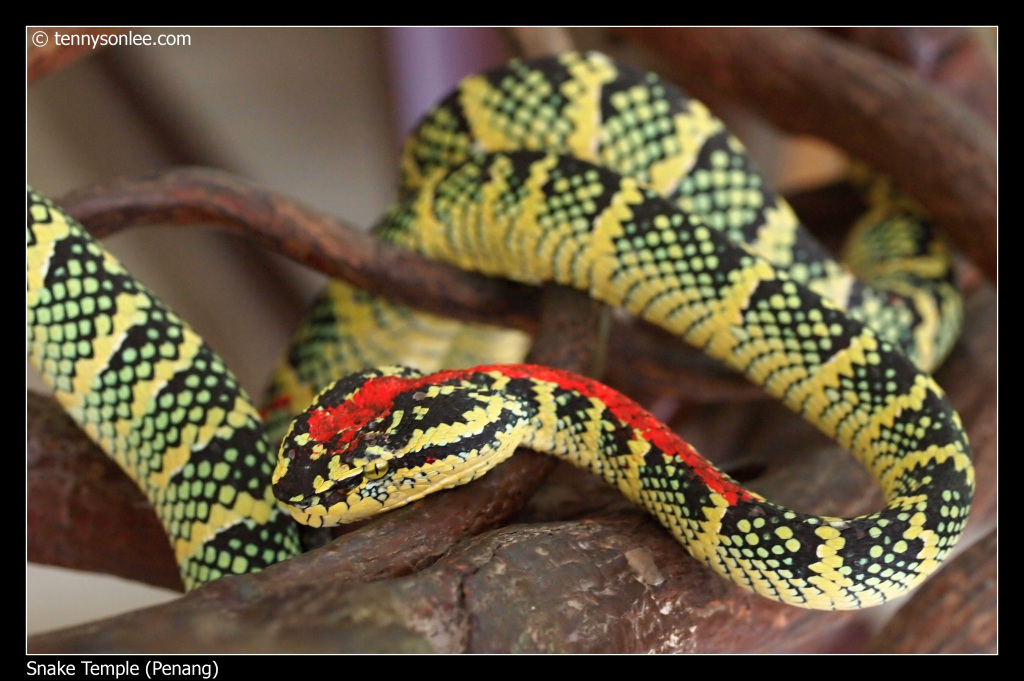

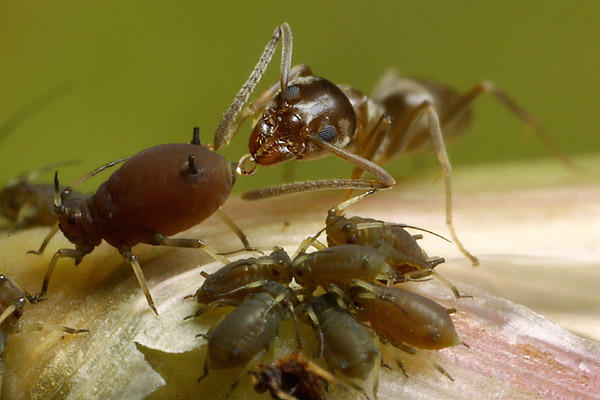
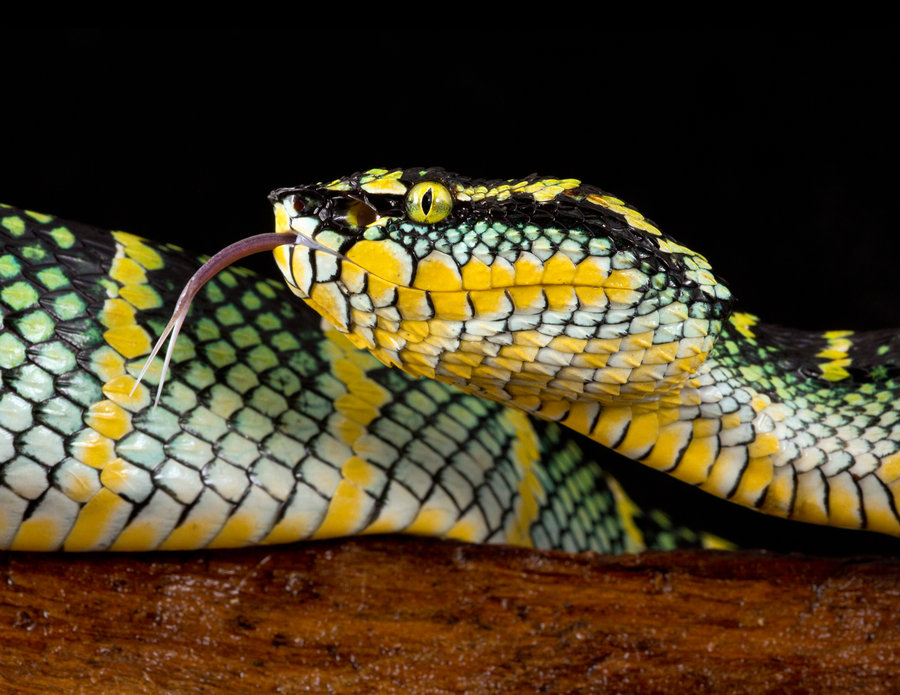

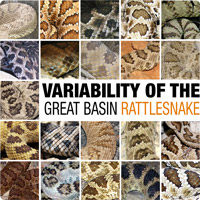
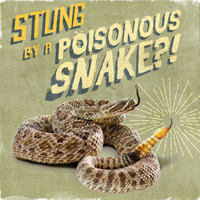



Pingback: The sign says… | Nizy's Life Compendium
The photographs seem so real! I loved the way you wrote and also the photographs. Keep the good work up!
Pingback: Definition of the Day 8/21/14 — Snake Pit | Sharp and Pointed
Yah thats just unacceptable. No doubt these snakes get brought in on a regular basis too and aren’t fed properly if even at all consistantly. Just replaced. I suspect this is the case given the defanging going on that there is also not too much welfare involved with the rest of their keep. Sigh, tourist should be aware of this and stay away. Something on Trip Advisor would be good.